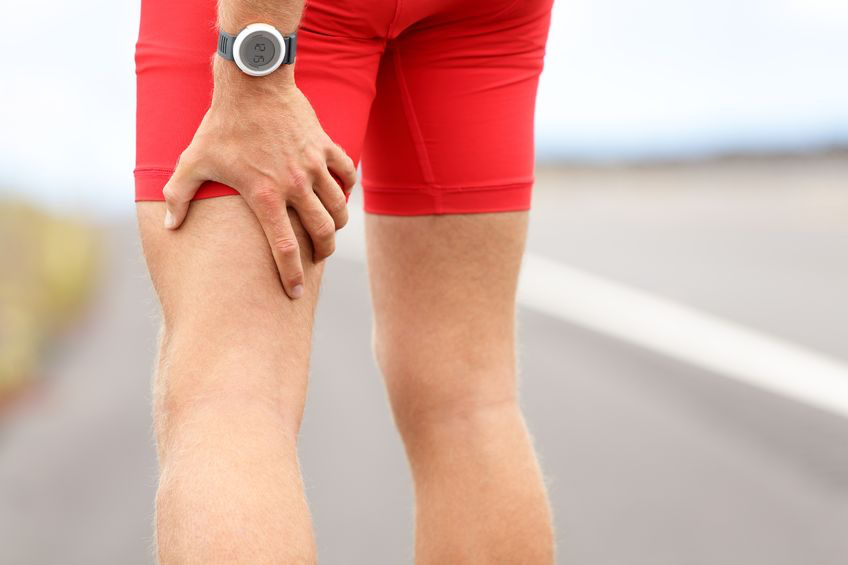 Hamstring strains are very common injuries. They usually occur while sprinting, jumping or landing from a jump. There typically is acute pain in the back of the thigh. More rarely there may be pain in your butt (Yes, a real pain in the a#@) or on the inner side of your upper leg, just below your knee. The pain in the back of your thigh, signifies a true muscle strain. Pain in the other locations, is concerning for an injury to the tendon origin (butt) or insertion (leg) of the hamstrings.
Hamstring strains are very common injuries. They usually occur while sprinting, jumping or landing from a jump. There typically is acute pain in the back of the thigh. More rarely there may be pain in your butt (Yes, a real pain in the a#@) or on the inner side of your upper leg, just below your knee. The pain in the back of your thigh, signifies a true muscle strain. Pain in the other locations, is concerning for an injury to the tendon origin (butt) or insertion (leg) of the hamstrings.
Hamstring Strains: Symptoms
Many of us have either experienced (or at least seen someone suffer) a hamstring strain. You’re running…and…Pop! You’re stopped suddenly by a severe pain in the back of your thigh. You can’t straighten your leg initially and it is often even difficult to just walk. Running is not possible. Over time, in more, severe cases, swelling and “black and blue” discoloration may develop. The area of injury will often be very tender. Usually over the first several days, the swelling, stiffness and pain will progress. If the injury is at the tendon origin, there could be a palpable defect where you sit and you may notice your hamstring muscle is “balled up” and looks different.
Hamstring Strains: Treatment
For those hamstring strains that occur in the muscle, nonoperative treatment is appropriate. Immediately after injuring your hamstring, it’s a good idea to try to reduce the swelling progression. Ice, rest and a compressive wrap can help. Try to avoid aggressive stretching initially, that can cause further injury and bleeding. After 2-3 days, rehabilitation should be instituted.
For the rare case in which the tendon origin or insertion is torn, surgery may be needed. Many of these cases can often be treated without surgery as well. But if the entire origin is torn or the distal insertion develops painful scarring, surgery may be needed. At the origin, the tendon would be repaired to the bone it pulled off from. At the insertion, the tendon stumps would simply need to be removed.
Hamstring Strains: Prognosis
The muscular hamstring strains heal. However, the problem is that when they heal, the gap in the muscle tear, heals with scar. This scar is weaker and less flexible than the surrounding muscle. In addition, the surrounding muscle gets tighter and weaker after the injury and the subsequent disuse. This unfortunately can result in recurrent injuries. As a result, a structured progressive rehabilitation program is critical to reduce these episodes.
Hamstring strains are common and if you are involved in athletic activities of any type, it is important to understand what they are and how to treat them. So, view the video below in which Dr. Howard Luks and I discuss hamstring strains in more detail.